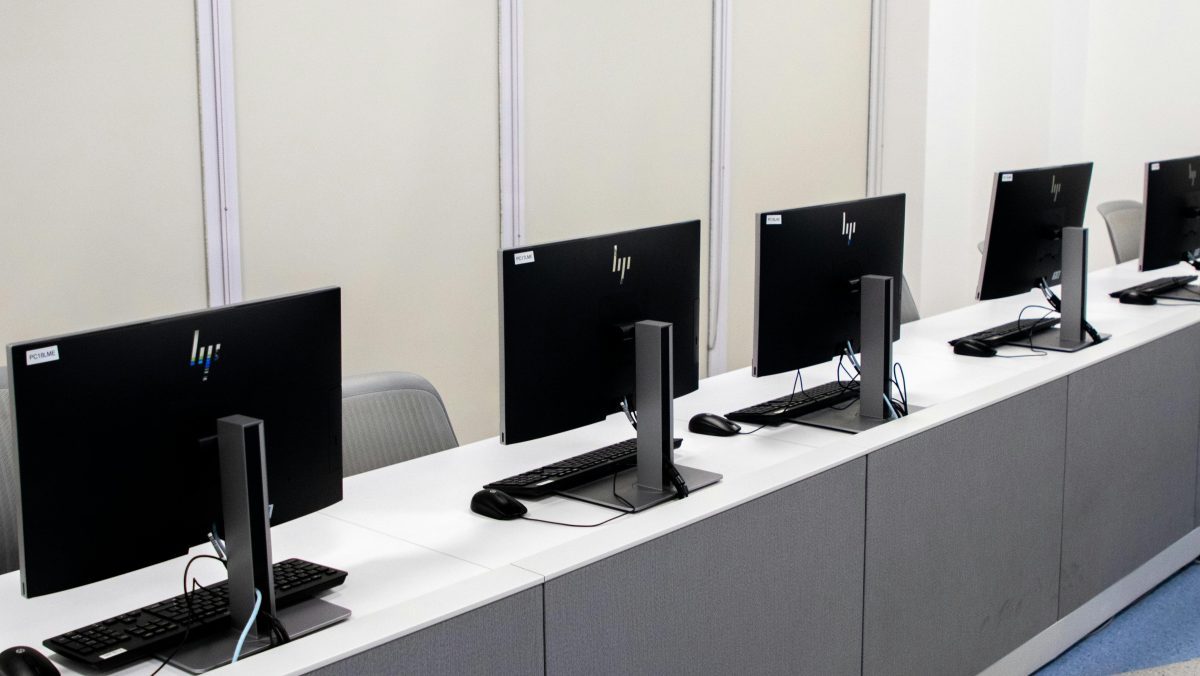This approach is directly linked to AI Innovation Strategies, where we propose workshops and process maps to identify pain points and opportunities from the business, not just from technology.
Use simple tools to prototype
You don’t need to develop a complex solution from scratch. You can use tools such as:
- GPT to generate text.
- Zapier or Make to automate.
- Basic dashboards to show impact.
This aligns with our approach of creating PoCs (proofs of concept) with low-code or no-code tools before making a major technology investment (see prototyping and impact validation sessions).
Create a clear and empathetic narrative
Explain why AI is being implemented, what benefits are expected, and how the changes will be supported. Communication is an essential part of success.
It is important to be clear about the Challenges in Implementation, as we have seen how a poorly managed narrative can generate rejection or fear. Telling the story well is part of change leadership.
Choose a simple case and launch a pilot
Look for a ‘quick win’: a repetitive process with accessible data, low risk, and clear opportunities for improvement.
Run a pilot, measure impact, gather feedback, and communicate the results.
Build an internal community
Form a small group of people interested in AI. Have them share best practices, lessons learned, and questions. Encourage curiosity and collaborative learning.
This is an essential part of the new and Future Trends in Automation, where we see that it is necessary to build internal AI capabilities not only from a technical standpoint, but also from a cultural and organisational one.
Conclusion: From opportunity to action
The OpenAI guide reinforces an idea that we have repeated often in what we have seen so far: it all starts with understanding what we do, how we do it, and what hurts the most. From there, it is not about ‘using AI for the sake of it’, but about building scalable solutions with strategic meaning.
This OpenAI guide is not just a technical resource. It is an invitation to think strategically, act with business sense, and build real capabilities around artificial intelligence.
Automation is not the end. It is the first step towards augmented decision-making. AI does not take away our jobs; it helps us make better and faster decisions.
- AI is not magic: it requires method, vision and commitment.
- It all starts with a good diagnosis: understanding the problem before the solution.
- Think big… but execute step by step.
- Success does not lie in the most advanced model, but in its actual use, measured impact and sustainable adoption.
- And above all: AI does not work on its own. It needs help.
As I always say:
Help AI, so that AI can help you.
So now it’s your turn:
- What use case could you identify in your environment today?
- What pain point do you have that you could map better?
- Which team could you invite to brainstorm with you?
- What pilot would you dare to launch?
Ask yourself these questions, share your ideas, and start building something real. The opportunity is here, and the time is now. Let’s go for it!








